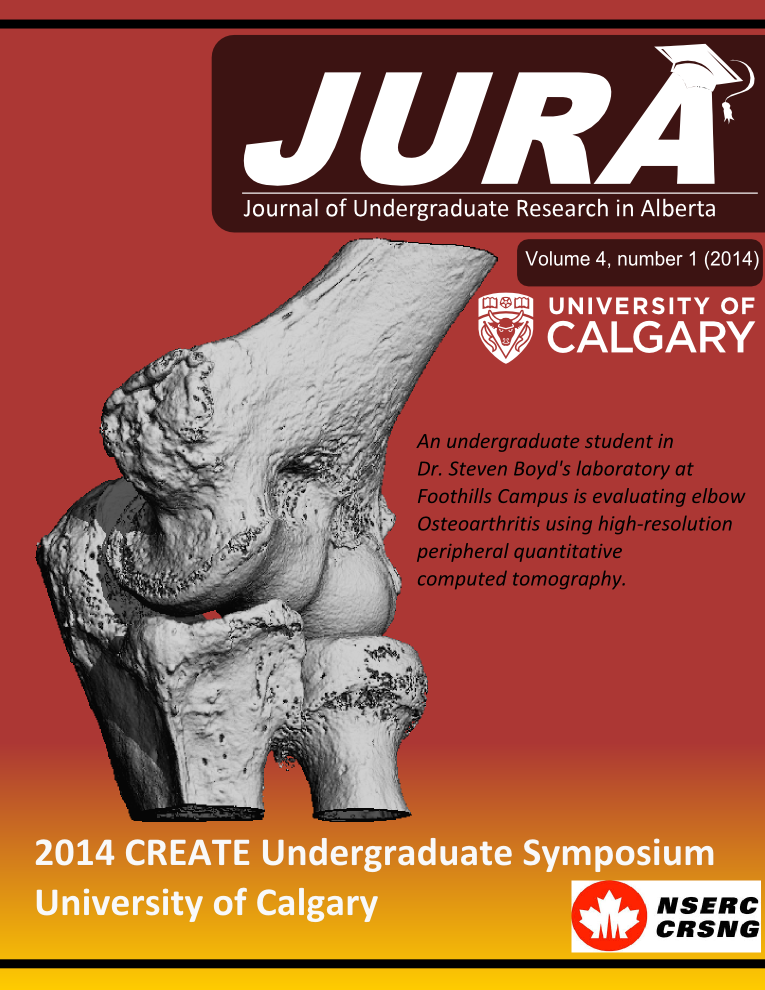CONTROLLING INFLAMMATION WITH DEXAMETHASONE AFTER ANTERIOR CRUCIATE LIGAMENT INJURY
Abstract
INTRODUCTION
Anterior Cruciate Ligament (ACL) injuries are increasingly common, with about 250 000 ACL ruptures occurring per year in the US [1]. The current treatment for ACL rupture is ACL reconstructive surgery (ACL-R), which aims to successfully restore the biomechanical function of the knee. However, individuals who suffer from ACL injuries, including those who undergo ACL reconstruction, have a 50% chance of developing osteoarthritis (OA) within 10-20 years [2]. Inflammation of the knee joint has been hypothesized to be a factor [3]. Dexamethasone (DEX) is a type of corticosteroid used to control inflammation [4]. The purpose of this study was to determine if DEX treatment following anterior cruciate ligament reconstruction was an effective mechanism of long-term joint protection against the progression of osteoarthritis.
METHODS
Six female Suffolk cross sheep were allocated into one of three groups: sham surgery, idealized ACL-R surgery, and control. Surgeries were previously accomplished by arthrotomy to the right stifle joint. Animals that underwent idealized ACL reconstructive surgery received a single injection of DEX at the time of the surgery. At 2 weeks post surgery animals were sacrificed and cartilage samples were harvested from both standard as well as visibly damaged locations on the patella (PAT), femoral groove (FG), lateral femoral condyle (LFC), medial femoral condyle (MFC), lateral tibial condyle (LTC), and medial tibial condyle (MTC). These samples were then blinded and graded by three experienced observers on the modified Mankin scale. This scale gives a grade out of 24 based on four categories: safranin-O staining, structure, cell density, and cluster formation. ANOVA with Bonferroni post-hoc analysis was used to determine differences in histological scores between groups, using SPSS 19.0.
RESULTS
The average histological grades (and standard deviations) for the PAT, FG, LTP, MTP, LFC, and MFC are displayed in Figure 1. No significant differences were observed between the sham (n=2), ACL-R + DEX (n=2), and control groups in all locations.
DISCUSSION AND CONCLUSIONS
The similarity between the ACL-R+DEX and control groups indicates that DEX treatment has the potential to have a protective effect against the progression of OA, however further studies must be conducted to ensure long-term efficacy. Increasing the sample size as well as looking at longer time points is recommended to better understand the effect of dexamethasone on the progression of osteoarthritisDownloads
References
2. Lohmander LS, et al. Am J Sports Med. 35:1-5, 2007.
3. Huebner KD, et al. J Orthop Res. 31:1-2, 2013.
4. Huebner KD, et al. J Orthop Res. 32: 1-2, 2014.
Downloads
Published
Issue
Section
License
Authors retain all rights to their research work. Articles may be submitted to and accepted in other journals subsequent to publishing in JURA. Our only condition is that articles cannot be used in another undergraduate journal. Authors must be aware, however, that professional journals may refuse articles submitted or accepted elsewhere—JURA included.


